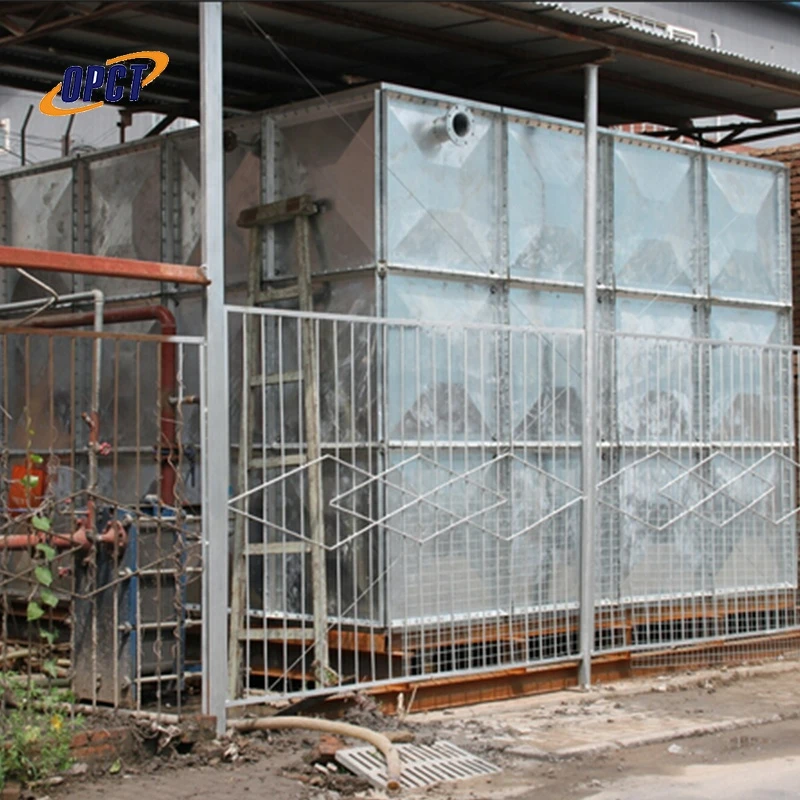GRP pipework, known for its robust and versatile construction, has emerged as an essential component in various industries, including oil and gas, wastewater management, and chemical processing. The effectiveness and efficiency offered by GRP (Glass Reinforced Plastic) pipework makes it a preferred choice for engineers and project managers seeking sustainable and long-lasting solutions.

Manufactured from a combination of polymer resin and fiberglass, GRP pipework boasts superior resistance to corrosion and chemical degradation. These features are particularly advantageous in environments exposed to harsh chemicals and biological elements. Unlike its metal counterparts, GRP does not succumb easily to rust, making it a cost-effective solution in the long run. Moreover, GRP's lightweight nature allows for easier transportation and installation, reducing labor costs and downtime during large-scale projects.
Engineers in the oil and gas industry prefer GRP pipework for its ability to withstand extreme temperature fluctuations and high pressure levels. It is engineered to operate efficiently within the demanding conditions of oil exploration and extraction sites. GRP pipework's resilience under such conditions is indicative of its technological superiority, lending an edge to companies focusing on optimizing operational efficiency and safety.

In wastewater management, GRP pipework's non-reactive and impermeable nature is crucial for controlling and transporting sewage efficiently. GRP pipes maintain their structural integrity over time, preventing leaks and offering an environmentally friendly solution to the pressing issues of waste containment and disposal. Waste management facilities benefit from reduced maintenance and replacement costs,
further emphasizing GRP pipework's value proposition.
grp pipework
Chemical processing plants have also recognized the advantages of GRP pipework, especially its unmatched resistance to aggressive chemicals. GRP’s structural properties prevent absorption of hazardous substances, ensuring that the pipeline remains uncontaminated and robust. This reliability greatly reduces the risk of costly chemical spills, safeguarding both personnel and infrastructure. Furthermore, GRP pipework can be tailor-made to meet specific industrial requirements, proving its adaptability and relevance to specialized operations.
The installation of GRP pipework needs to be executed with precision to fully capitalize on its benefits. Engaging experts with extensive experience in GRP technology and applications is vital. These professionals ensure that each segment integrates seamlessly with existing systems, optimizing flow while mitigating potential issues. Employing certified installers guarantees that the project adheres to industry standards and regulations, reinforcing the trustworthiness of GRP solutions.
Given the technological advancements in production and material science, GRP pipework now offers increased customization options. The length, diameter, and thickness can be meticulously designed to cater to specific needs, immediately addressing concerns related to capacity and pressure ratings. This bespoke approach not only enhances operational performance but also aligns with sustainability goals by minimizing material waste.
To conclude, GRP pipework sets a benchmark for quality and efficiency in industries where durability and reliability are non-negotiable. Its continued innovation and application uphold its authoritative standard in pipework solutions, securing its place as a dependable component in modern industrial infrastructure. Those considering GRP pipework can rest assured of a product that not only meets but exceeds the rigorous demands of contemporary engineering challenges.




